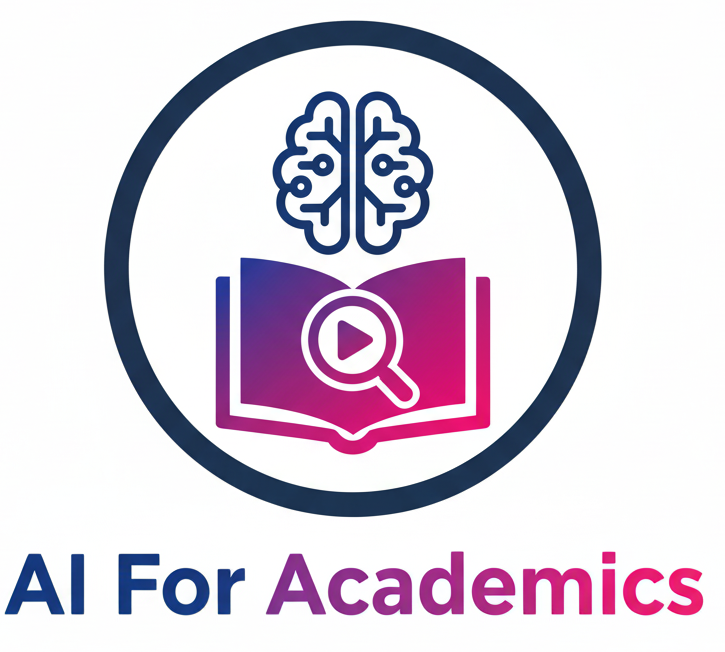The literature review is the bedrock of any scholarly project, yet it often feels like navigating an ocean of papers with only a small, broken compass. The challenge lies not just in finding relevant sources, but in synthesizing connections, identifying emerging trends, and charting the intellectual landscape of an entire field. For modern researchers facing millions of publications, traditional keyword searches are no longer enough.
The solution is the new generation of AI for Literature Review and Research Discovery tools. These platforms use advanced techniques like semantic analysis and knowledge graph mapping to go far beyond simple retrieval. They act as intelligent co-pilots, saving hundreds of hours otherwise spent on manual reading and synthesis, allowing scholars to dedicate more time to critical thinking and analysis.
The future of research is not about reading faster; it’s about reading smarter. By leveraging AI for Literature Review, scholars are freed from the drudgery of discovery to focus on the high-level intellectual work that truly drives innovation.
1. Semantic Discovery vs. Keyword Search
The biggest shift AI brings is the move from what is said (keywords) to what it means (semantics).
- Intelligent Relevance Ranking: AI tools don’t just match keywords; they understand the context and meaning of your research question. This allows them to surface highly relevant papers that might use different terminology but address the same core concepts, ensuring you never miss critical, cross-disciplinary connections.
- Knowledge Graph Mapping: These tools build complex, visual knowledge graphs that map the relationships between authors, concepts, methodologies, and institutions. This visualization is essential for quickly identifying influential works, conceptual clusters, and structural holes in the current research.
- Automated Synthesis and Summarization: Instead of reading full papers for a summary, AI can instantly generate coherent, structured overviews of research topics. This accelerated synthesis supports the creation of a comprehensive and structured review far faster than manual methods.
2. Identifying Gaps and Emerging Trends
A successful literature review must do more than summarize; it must establish the novelty of your own work by highlighting what hasn’t been done.
- Trend Spotting: AI algorithms analyze publication rates, citation velocity, and thematic clustering to detect emerging trends and areas of rapid growth within a field. This foresight helps researchers position their work at the cutting edge.
- Structural Gap Analysis: By analyzing the connections (or lack thereof) in the knowledge graph, AI can pinpoint structural holes—areas where two major concepts intersect but lack empirical research. This provides a direct path for establishing a strong justification and originality claim for a dissertation or grant application.
- Methodology Comparison: Researchers can use AI to compare the effectiveness and popularity of different methodologies (e.g., qualitative vs. quantitative approaches to a specific problem) across thousands of studies, informing their own methodological design.
3. Streamlined Note-Taking and Annotation
AI integrates seamlessly into the workflow, transforming how researchers interact with their sources.
Cross-Document Linking: The tool links your notes and highlights across multiple documents based on shared themes or concepts, automatically building the thematic structure of your literature review as you read.
Active Reading Assistants: While reading a document, AI can automatically highlight key findings, definitions, and methodological notes, transforming the passive act of reading into an active process of synthesis.


The future of research is not about reading faster; it’s about reading smarter. By leveraging AI for Literature Review, scholars are freed from the drudgery of discovery to focus on the high-level intellectual work that truly drives innovation.

Leave a Reply